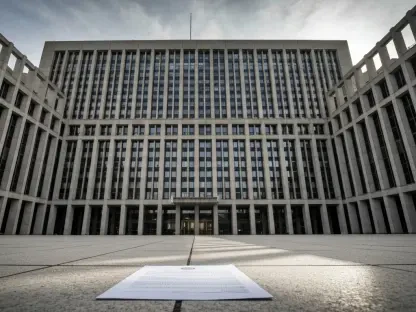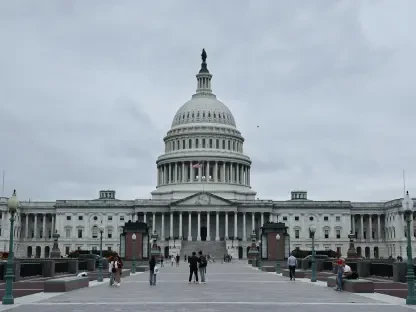An analysis of pay award trends throughout 2024 reveals an intriguing shift in the percentages of pay rises compared to previous years. While these increases have generally shown a downward trend since the start of the year, they remain relatively high when juxtaposed against the previous decade’s standards. Employees in 2024 generally saw pay rises around the 4.5% mark, with the year’s initial months averaging a higher 5% increase, which subsequently decreased to approximately 4% from July onwards. As a result, the final three months leading to November also reflected a 4% median pay rise, with a modest reduction noted within the interquartile range.
This downward trend ties in with the high points observed in the past couple of years – 5% in 2023 and 6% in 2022 – which were closely linked to historic inflation rates. As inflation levels dipped in 2024, the pay increases still managed to surpass inflation due to the persistently high costs of living, especially for basic needs such as food, mortgages, and rent. Even with the declining trend in pay awards, sustained economic pressures have led employers to continue offering considerable pay increases. This reflects a balancing act on the part of companies, striving to match the financial challenges faced by their workforce.
Comparison of Pay Outcomes in the First and Second Halves of 2024
The review of 2024 reveals that 78% of pay outcomes reached a threshold of 4% or more. However, a noticeable discrepancy became evident when comparing the year’s first and second halves. In the first half, an impressive 80% of pay rises were at this level, but this percentage dropped to slightly over 61% as the year progressed into its latter half. Contributing factors include the National Living Wage (NLW) seeing a 9.8% increase in April 2024, coupled with tight labor markets which have exerted upward pressure on pay awards. This sets the context of the labor market dynamics actively shaping the compensation strategies of employers.
On analyzing the labor market trends, it’s evident that employers faced significant pressure to maintain competitive pay levels to attract and retain talent. The increased NLW mandated employers, especially those in lower-wage sectors, to adjust compensations upwards to stay compliant and competitive. This compounding effect amplified the necessity of robust pay awards despite an overarching downward trend. Ultimately, this effort to manage fluctuating market conditions and regulatory changes underlines the complex interplay of factors driving pay award decisions in 2024.
Public Sector vs. Private Sector Pay Awards
A marked difference is observed in pay awards across the public and private sectors. In 2024, pay awards in the public sector were notably higher than those in the private sector, with median increases clocking in at 4.7% and 4.5%, respectively. This divergence highlights the public sector’s ongoing phase of ‘catching up’ after previously lagging behind its private counterparts. The increases within the public sector also largely hinged upon recommendations made earlier in the year when inflation rates were notably higher than the current figures.
The greater emphasis on higher pay rises within the public sector signifies a strategic push to bridge the pay disparity between the two sectors. It underscores the sector’s effort to ensure fair compensation aligned with inflation-adjusted benchmarks. Furthermore, mirroring economic patterns of other years, the public sector’s pronounced pay increases reflect not only a reactive measure to past inflation but also a proactive one, aimed at ensuring workforce stability and addressing longstanding compensation gaps.
Conclusion: Elevated Pay Rises Despite Declining Trends
An examination of pay award trends in 2024 highlights a notable change in the percentage of pay increases compared to previous years. Although these raises have generally shown a downward trajectory since the year’s start, they remain comparatively high against the past decade’s standards. In 2024, employees typically received pay increases of around 4.5%. The year began with an average pay raise of 5%, which then declined to about 4% from July onwards. Consequently, the last three months leading to November also showed a median pay rise of 4%, with a slight reduction seen in the interquartile range.
This downward movement correlates with the high points experienced in the prior couple of years – 5% in 2023 and 6% in 2022 – which were strongly tied to historic inflation rates. As inflation rates eased in 2024, pay hikes still outpaced inflation due to the persistently high cost of living, particularly for essentials such as food, mortgages, and rent. Despite the drop in pay award trends, ongoing economic pressures have driven employers to continue offering substantial pay increases. This indicates companies’ efforts to meet the financial challenges faced by their employees.









